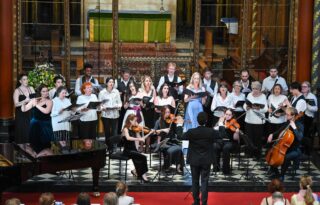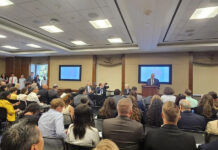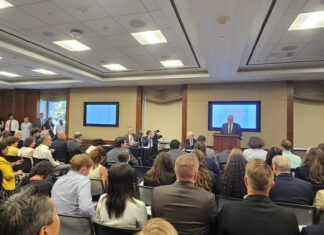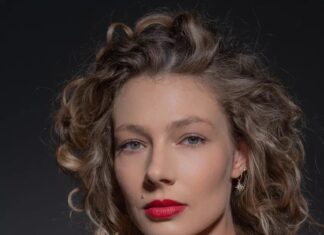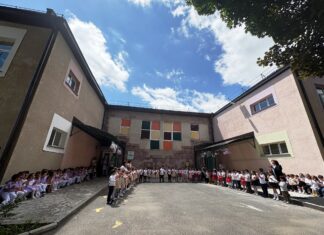PARIS — OCHRE, in collaboration with École des Arts Décoratifs-PSL, one of France’s leading design schools, have launched the Heritage Rewoven project. Part of the group’s ongoing commitment to researching and revitalizing Armenian textile traditions, this initiative explores the Armenian embroidery tradition that once flourished in the city of Urfa.
OCHRE was founded in 2020 as a creative social enterprise, merging creative ideas with artisanal expertise to craft artist-designed, artisan-made products. Its mission is to develop commercially viable designs, using the proceeds — along with additional funding — to support independent artistic creation, foster research, and revitalize Armenian textile traditions while promoting artistic expression from Armenia on an international scale.
Textiles offer insights into various developments, including technology, agriculture, trade, ritual, language, art. They serve as both utilitarian and decorative mediums, trade commodities, and tools for self-expression, encapsulating the aspirations and aesthetics of their time. For Armenians, textiles also carry the history of displacement. This displacement extends beyond material culture, encompassing savoir-faire and symbolic values that, though originally rooted elsewhere, have evolved and adapted across new contexts. Emerging from a singular source, these traditions have followed diverse trajectories, influenced by the distinct environments where survivors settled.

Urfa embroidery, like many other techniques developed by Armenians in the Ottoman Empire — such as those from Marash and Antep — derives its name from the city where it originated. Traditionally, it was used to adorn everyday items such as towels, scarves, handkerchiefs, and tablecloths. The patterns often feature nature-inspired motifs, including vegetation, animals, and geometric or architectural symbols, with the vegetation style being the most prominent. Today, Urfa embroidery is mainly practiced by Armenians in Syria and Lebanon, where descendants of survivors of the Armenian Genocide have preserved this intricate savoir-faire.
Heritage Rewoven unites students and professors from École des Arts Décoratifs-PSLand artists, artisans and researchers from Armenia and the Armenian diaspora, to engage with the displaced tradition of Urfa embroidery through active exploration and exchange.
As the first step in this program, artists Anush Ghukasyan and Aleksey Manukyan, embroidery artisan Maral Shohmahlian, and Anush Zeinalian, Co-Founder of OCHRE, collaborated with École des Arts Décoratifs-PSL professors Giuseppe Caccavale (Mural Art Studio) and Orsina Visconti (Textile and Texture Design Department) to conduct a series of meetings, discussions, and workshops with a selected group of École des Arts Décoratifs-PSL students, launching the creative exploration. Participating students: Charlotte Gaillard, Violette Rouquet, Matis German, Mia Naja, Martin Bourgaux, Claire Maurice and Theo Etrillard.
